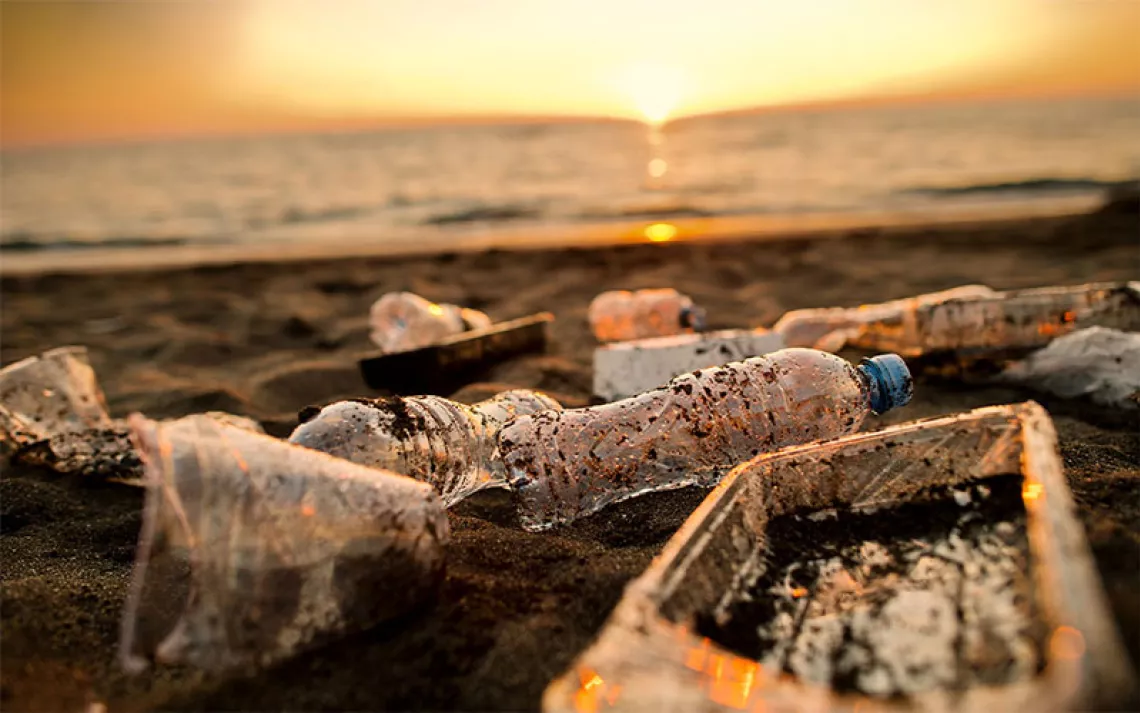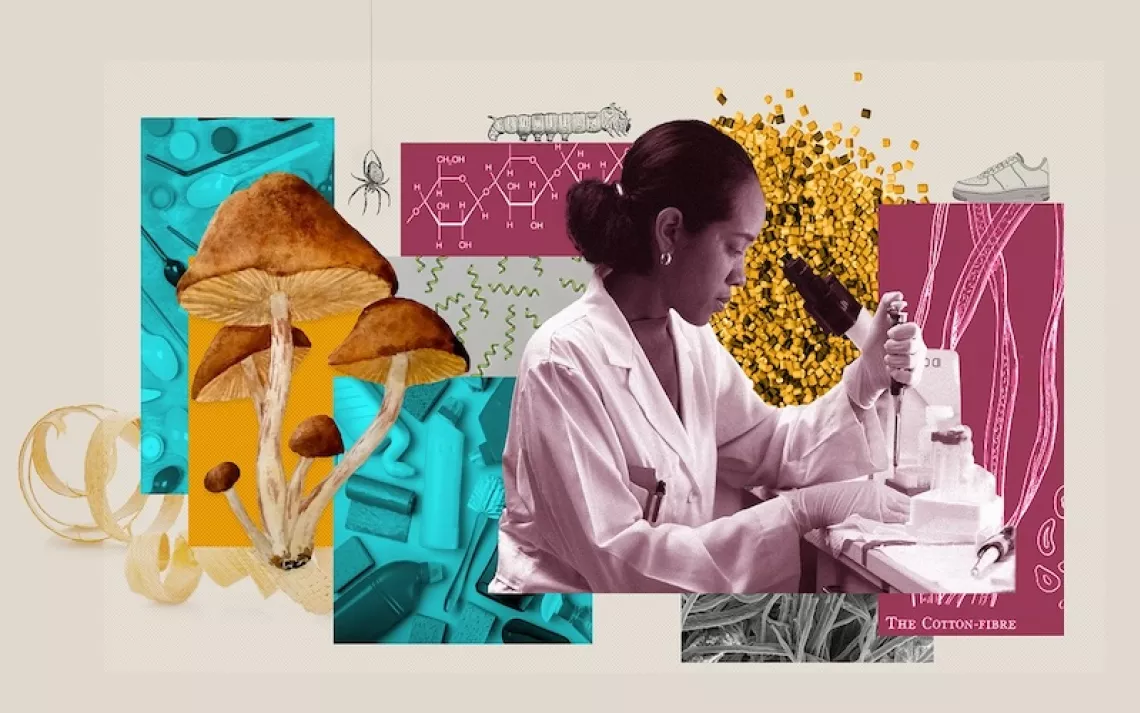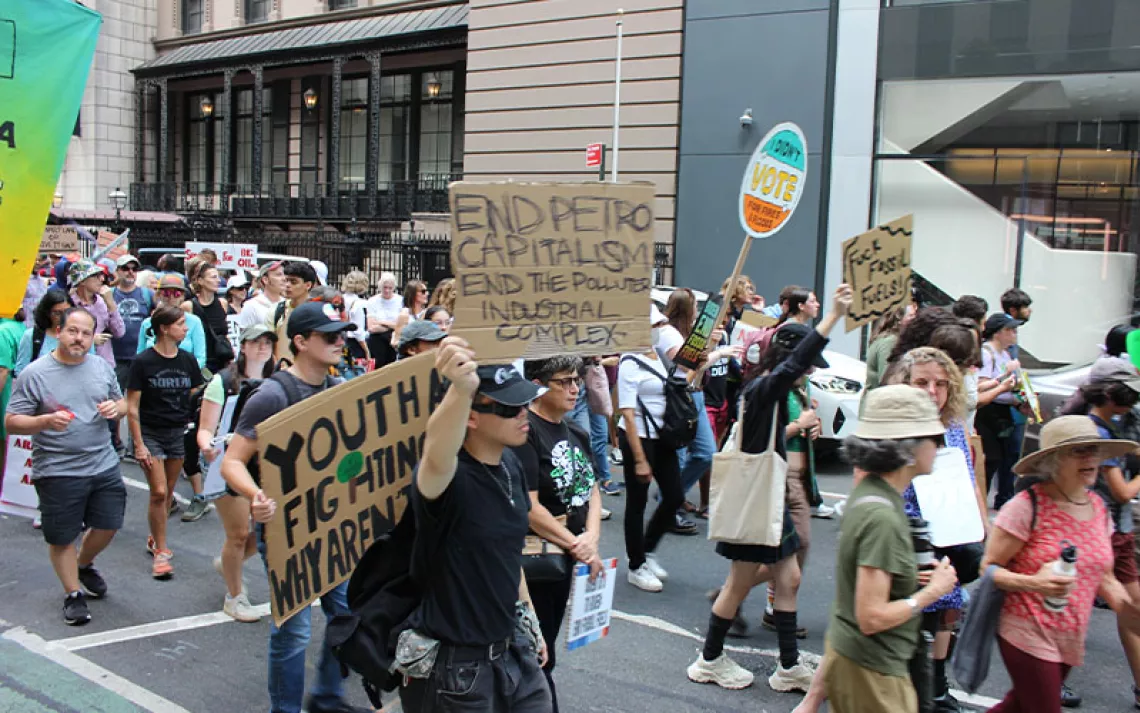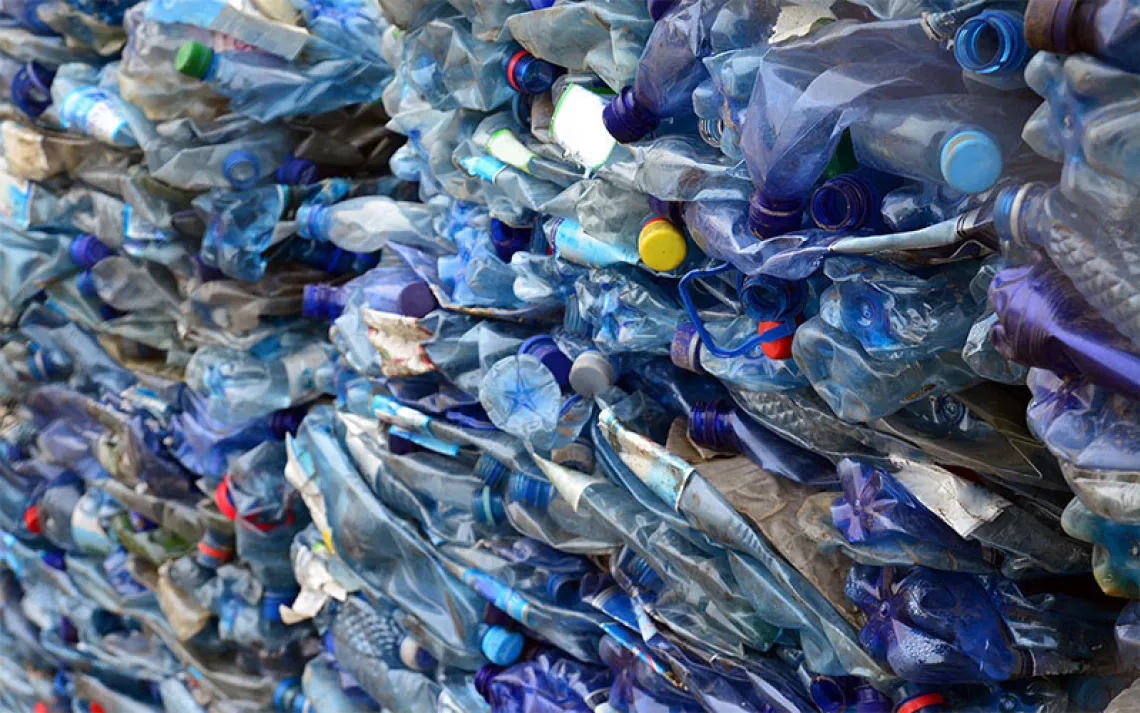Hey Mr. Green, Are Plastic Food Containers Too Toxic to Reuse?
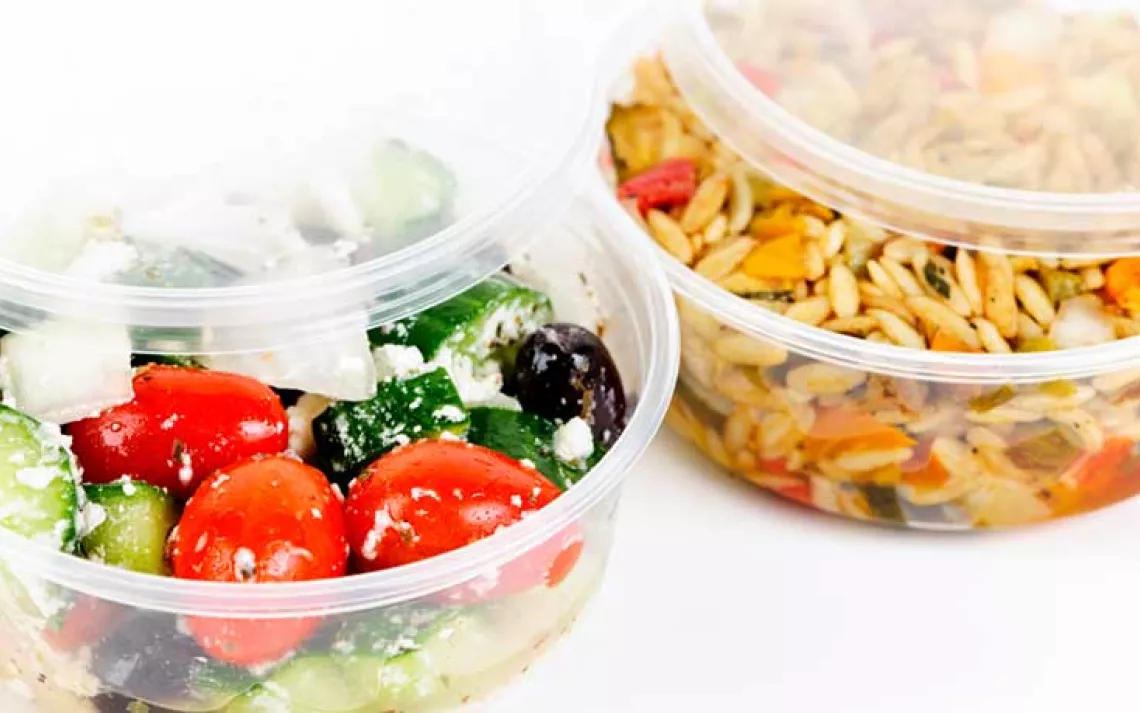
Photo by iStock/Elenathewise
Hey Mr. Green,
There has been a lot of discussion about hazards of using plastic, especially related to bisphenol A, or BPA. We try to avoid buying anything in plastic, but over the years we have acquired plastic containers, like one-quart yogurt containers, which we use to store food in the refrigerator. Is this a bad idea? We wash and reuse them many times and wonder if chemicals are leaching into the food that is stored? We also wash and reuse plastic bags to buy bulk foods. Could this also be hazardous? We have not seen this issue addressed and hope you have an answer.
—Rick in Berkeley, California
Now that we are deep into the Plastic Age, questions about material safety and environmental impact have become a bit more complicated than in previous technological epochs like the Bronze or Iron Ages.
Your yogurt containers are probably made of polypropylene (PP), or #5 plastic, which does not contain BPA, an estrogenic chemical that we know to be harmful. The #7 plastic is the one that may contain BPA. So the yogurt containers may be safe to reuse, although a recent study in Environmental Health Perspectives indicates all types of plastics used in food containers, beverage cans, plastic bottles, and wrappers can release estrogenic activators if reused repeatedly, and we know that such chemicals can be harmful. It may well be that the amounts released are too small to cause problems, but if you want absolutely certain safety, store food in glass containers only. If you do reuse plastic containers, follow the Environmental Working Group’s advice, and only use #1, 2, 4, or 5, although one study shows that higher temperatures can cause the release of the heavy metal antimony from #1, PET. And since heat intensifies the release chemicals, never microwave with any type of plastic container and don’t put hot food in it. Regarding the plastic bags, I doubt that they pose a problem, since there is no liquid in bulk items to leach anything out like there is with most leftovers. But to play it super safe, you could avoid storing grains, beans, nuts, or flour in the bags.
As noted, many #7 plastic containers contain BPA, and although the BPA is being phased out, you should not use any #7 container unless you are sure it is BPA-free. The most frightening thing is that some baby bottles, toys, and sippy cups contain BPA, to which to fetuses and children are more vulnerable than adults.
Also, BPA lurks in other places, including the lining of some metal water bottles and in food and beverage cans at possibly harmful levels, according to a study by EWG. I hate to break this news, because canned foods are an excellent way to preserve the solar energy and vitamins from a summer's harvest. (For more on this, see my October 7 column, “Are Plastic Cups Poisonous?")
While the food industry denies that BPA can reach hazardous levels in food, the jury is still out. Evidence of the dangers have prompted the EPA and the National Institutes of Health to conduct further research on the substance. Households that consume a lot of canned food and beverages, especially of they have children, may want to consider cutting back until we get the results of that study.
So, although reuse is usually preferable to recycling, in the case of plastic food and beverage containers, recycling is a better choice. Besides, the plastic industry is desperate for more of the stuff. While U.S. capacity for PET (plastic bottles) recycling alone is estimated at almost 1.9 billion pounds, only 20 percent of the PET even gets collected here, and of that, only about 642 million pounds make it to U.S. companies. The other 800 million pounds is, like so many of our jobs, outsourced to foreign factories.
 The Magazine of The Sierra Club
The Magazine of The Sierra Club
